c++面向对象: public 继承, 虚方法, 动态绑定
title: ‘c++面向对象: public 继承, 虚方法, 动态绑定’
date: 2018-11-04 13:00:34
tags:
- oop
- public inheritance
- virtual methods
- dynamic binding
categories: cpp
blog: https://withas.me
学了java中的面向对象后再来学习c++的面向对象, 对两者设计理念上的差异有不少的体会: c++更多地考虑了程序的运行效率(默认静态绑定, 没有垃圾回收等), 把很多繁琐的操作留给了使用者; 而java是贯彻了面向对象的思维, 有一种彻头彻尾的面向对象的感觉, 而把一些背后的机制向使用者隐藏了. 这篇blog主要记录c++中public继承相关的内容.
Public Inheritance
c++中有public, protected, private三种继承方式, 其中public是最常用的.
public继承描述的是一种is-a的关系, derived-class是base-class的一个子集且一般是真子集. 比如从Student类可以派生出Cadre类, Cadre一定是Student, 而Student不一定是Cadre. 这种关系是单向的, 不具有对称性.
class Student {private:int id;string name;public:int getId() const { return id; }void setId(int id) { Student::id = id; }const string &getName() const { return name; }void setName(const string &name) { Student::name = name; }};class Cadre : public Student {private:string duty;public:const string &getDuty() const { return duty; }void setDuty(const string &duty) { Cadre::duty = duty; }};
Cadre由Student派生, 则Cadre直接继承了Student的所有public成员. Private成员也成为了derived-class的一部分, 但是只能通过base-class的public和protected方法访问. 例如Cadre从Student那里继承了name, 但是不能直接访问, 只能通过Student::getName访问.
class Cadre : public Student {...public:...void showInfo() const {cout << Student::getName() << endl;cout << Student::getId() << endl;cout << duty << endl;}};
Constructos and Destructos
class Student {private:int id;string name;public:Student(int id, const string &name) : id(id), name(name) { }...};class Cadre : public Student {private:string duty;public:Cadre(int id, const string &name, const string &duty) : Student(id, name), duty(duty) { }...};
Derived-class不能直接直接访问继承自base-class的private成员, 所以不能在constructors里直接对它们初始化, 必须借助base-class的constructors. 并且base-class必须先于derived-class被构造. 如果要使用base-class的constructor有参数则必须在derived-class的constructor中以初始化参数列表的方式调用, 如上例. 如果不在derived-class的constructor中显式地调用base-class的constructor, 则默认使用base-class的不带参数的constructor(不存在则编译会产生错误).
Base-class会先于derived-class被构造. 析构的方向恰与之相反, derived-class的destructor先于base-class被执行.
Is-a
前面提到过public继承是一种is-a的关系, 所以base-class的指针可以指向derived-class的对象, base-class的引用可以引用derived-class的对象.
Student *pc = new Cadre(1, "J", "monitor");Student &rc = *pc;
但是通过base-class的指针和引用只能使用base-class存在的属性, 如:
rc.getId();//okrc.getDuty();//error
Virtual Methods
Redefine
有时候为了让derived-class有不同的功能我们可能需要重写base-class的方法.
class Student {private:int id;string name;public:void showInfo() const {cout << name << endl;cout << id << endl;}};class Cadre : public Student {private:string duty;public:void showInfo() const {cout << Student::getName() << endl;cout << Student::getId() << endl;cout << duty << endl;}};
这样我们对Student对象和Cadre的对象分别调用showInfo的时候就会输出不同的结果.
但是这样会产生一个问题:
Cadre *pc = new Cadre(1, "J", "monitor");Student &rc = *pc;pc->showInfo();cout << endl;rc.showInfo();/*output: J 1 monitor J 1*/
同一个Cadre对象, 用它自己的指针调用和用Student的引用调用时结果不一样. 查看输出结果可以知道用Student的引用调用的时候运行的是Student::showInfo, 而非在Cadre中重写的方法.
Virtual methods
为了让base-class引用的derived-class可以调用derived-class重写的方法, 我们可以使用virtual.
class Student {public:...virtual void showInfo() const {cout << name << "\t" << id;}};class Cadre : public Student {public:...virtual void showInfo() const {Student::showInfo();//reusing codecout << "\t" << duty;}};
再来看看输出结果:
Cadre *pc = new Cadre(1, "J", "monitor");Student &rc = *pc;//Student referencepc->showInfo();cout << endl;rc.showInfo();//invoke Cadre::showInfo() instead of Student::showInfo()/*output: J 1 monitor J 1 monitor */
如果不使用virtual, 调用的方法取决于引用或者指针的类型; 使用, 则由引用或者指向的对象本身决定, 也就是说可以使用base-class的引用或者指针调用在derived-class的重写的方法.
当base-class中的方法被标记为virtual时, derived-class中重写的方法也被自动标记为virtual. 不过一般为了方便阅读, 也将derived-class中重写的方法标记为virtual.
对于base-class中在derived-class被重写的方法一般都会被标记为virtual. 另外有derived-class的base-class的destructors最好被标记为virtual.
class A {private:string *a;public:A() { a = new string("Hello"); }~A() { delete a; }};class B : public A {private:string *b;public:B() : A() { b = new string("world"); }~B() { delete b; }};int main() {A *pb = new B();delete pb;}
delete pb时会直接调用A::~A(), B中b的内存没有成功被释放. 所以为了内存的正确释放最好把base-class的destructor标记为virtual.
Static and Dynamic Binding
绑定是指调用哪个具体的方法. 例如上面不加virtual关键词时rc.showInfo会调用引用类型的showInfo, 即Student::showInfo; 而加上virtual会调用Cadre::showInfo.
Cadre *pc = new Cadre(1, "J", "monitor");Student &rc = *pc;//Student referencerc.showInfo();
static binding是指在编译的时候就决定了调用的方法, 而dynamic binding是在程序运行过程中才能决定(因为对于一个base-class的指针可能指向base-class也可能指向derived-class). 这种dynamic binding的特性被称为多态.
c++默认的绑定方式是static binding. 对于dynamic binding对象内部会增加一个virtual function table (vtbl), 它负责记录这个对象应该调用的方法. 尽管dynamic binding看上去有更多的好处, 然而c++默认的绑定方式是static binding, 这样程序的运行效率更高. 与之对比, java中没有virtual function, 它默认的就是动态绑定.
dynamic binding产生的多态有什么好处呢? 看下面这个例子:
class Class {private:vector<Student *> students;public:void addStudent(Student *student) {students.push_back(student);}void listStudent() {for (auto &s: students) {s->showInfo();cout << endl;}}};//Class cla;Student a = Student(1, "Y");Cadre b = Cadre(2, "Z", "monitor");Student c = Student(3, "W");cla.addStudent(&a);cla.addStudent(&b);cla.addStudent(&c);cla.listStudent();/*output Y 1 Z 2 monitor W 3 */
在Class中我们全都储存的是Student的指针, 在打印Student List的时候就可以根据指向的具体对象输出相应的信息.
Code
完整演示代码:
#include <iostream>#include <vector>using namespace std;class Student {private:int id;string name;public:Student(int id, const string &name) : id(id), name(name) { }int getId() const { return id; }void setId(int id) { Student::id = id; }const string &getName() const { return name; }void setName(const string &name) { Student::name = name; }virtual void showInfo() const {cout << name << "\t" << id;}virtual ~Student() { }};class Cadre : public Student {private:string duty;public:Cadre(int id, const string &name, const string &duty) : duty(duty), Student(id, name) { }const string &getDuty() const { return duty; }void setDuty(const string &duty) { Cadre::duty = duty; }virtual void showInfo() const {Student::showInfo();cout << "\t" << duty;}};class Class {private:vector<Student *> students;public:void addStudent(Student *student) {students.push_back(student);}void listStudent() {for (auto &s: students) {s->showInfo();cout << endl;}}};int main() {Cadre *pc = new Cadre(1, "J", "monitor");Student &rc = *pc;pc->showInfo();cout << endl;rc.showInfo();delete pc;cout << endl;Class cla;Student a = Student(1, "Y");Cadre b = Cadre(2, "Z", "monitor");Student c = Student(3, "W");cla.addStudent(&a);cla.addStudent(&b);cla.addStudent(&c);cla.listStudent();return 0;}
懒惰的我终于又开始更新了.


























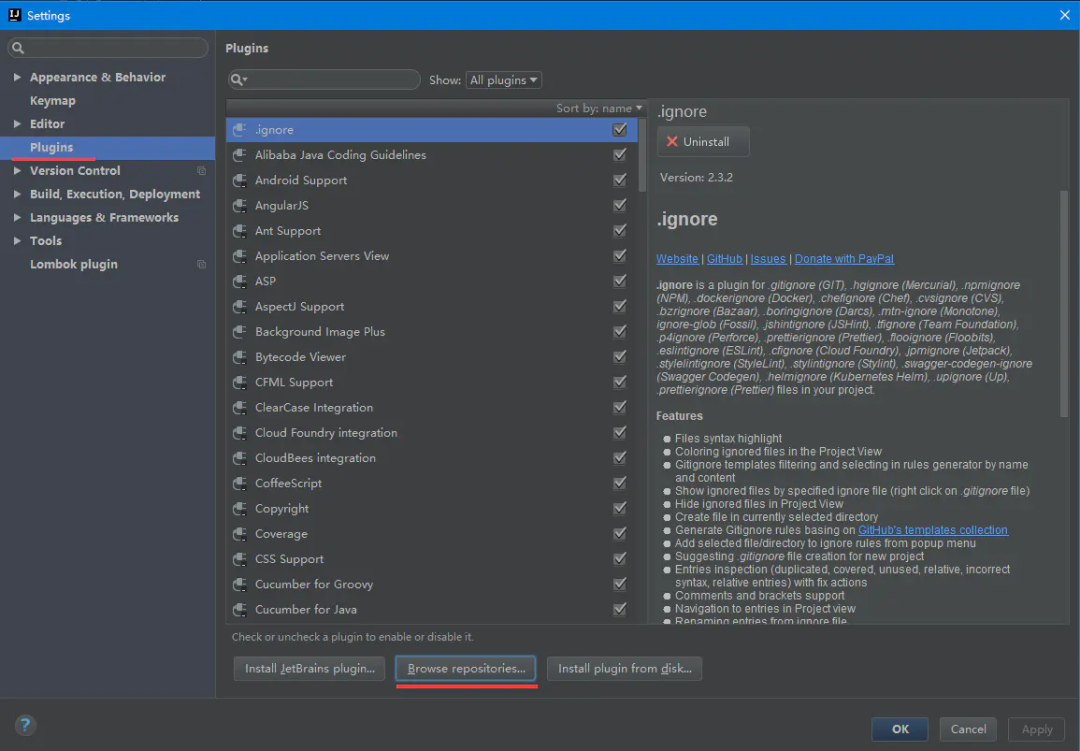
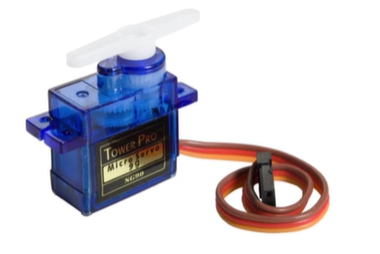
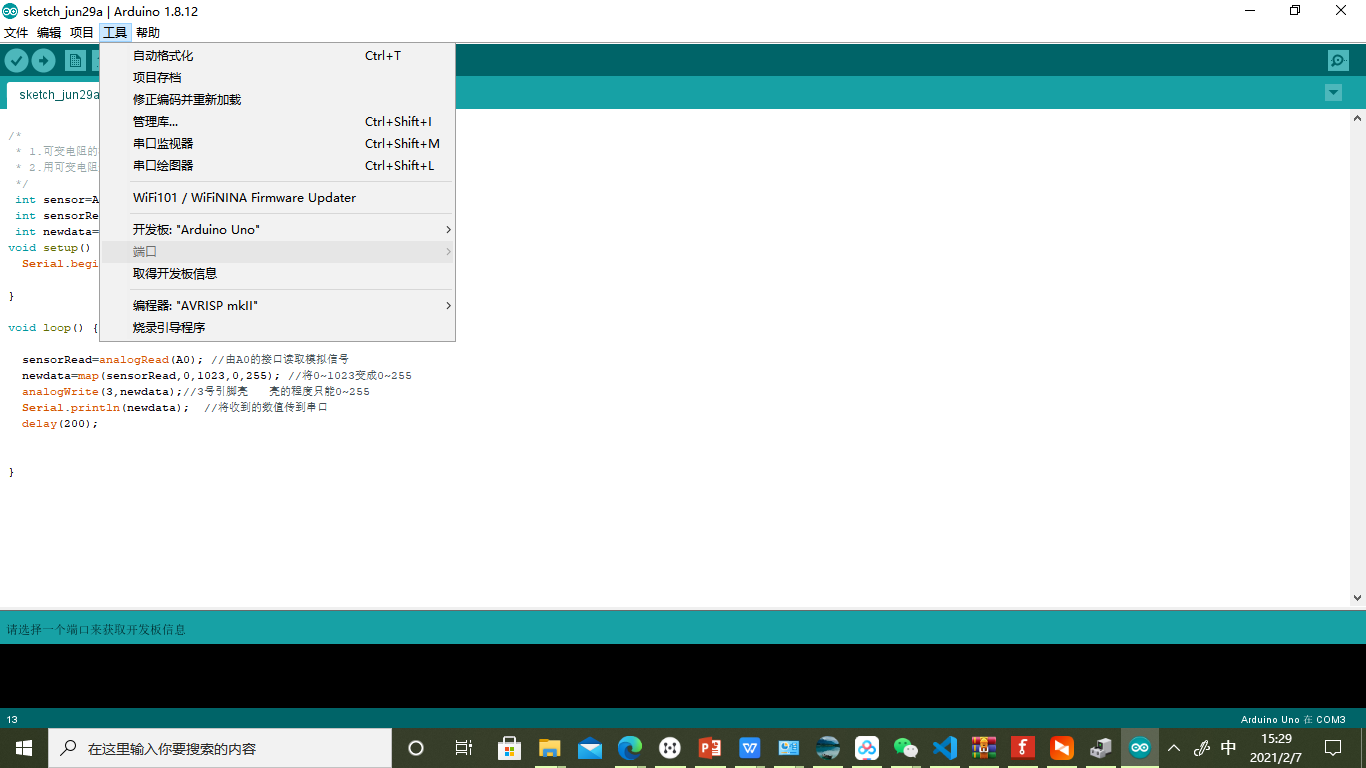

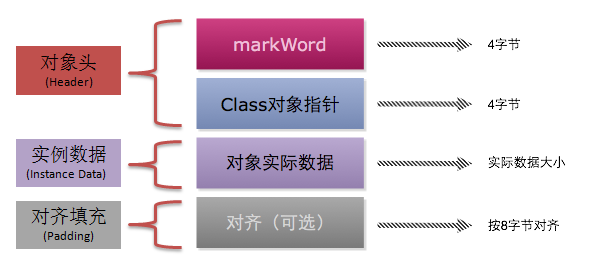
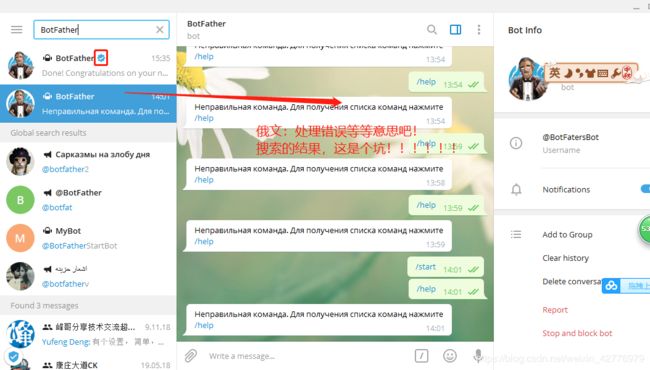



还没有评论,来说两句吧...